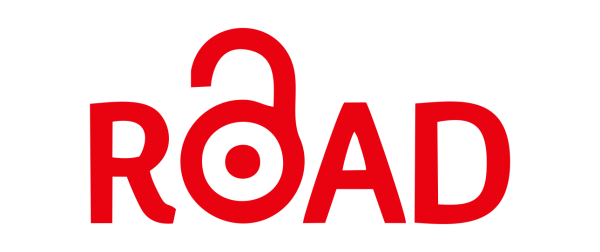Abstract
The overabundance of suburbs planned and built on greenfield grounds formerly classified as green-belt property is the consequence of ineffective urban development limits. It would be unnecessary to further intrude onto precious greenfield property, which is vital for future recreational, biodiversity, forestry, agricultural, and food supply needs. Controlling the growth of developed land, prohibiting the construction of tall buildings close to the shore, and establishing green open spaces with an emphasis on areas with elevated surface temperatures are the adaptation strategies for reducing Jakarta's urban heat island phenomenon. Urban population growth contributes to increased carbon dioxide emissions, which exacerbates climate change. Cities are growing as a result of this expansion and require more facilities and infrastructure. Due to heat trapped by urban buildings, part of the energy and CO2 emissions from this growth are lost. Because of their impermeable surfaces and increased solar radiation, urban heat islands (UHI) impair thermal comfort and have a significant impact on climate-related disasters in modern cities. Threats to infrastructure, human health, and urban ecosystems arise from rising outside temperatures, particularly in lower-altitude cities. These initiatives concentrate mostly on Jakarta, Indonesia, and address UHI mitigation and sustainable building practices. Architecture must fundamentally alter the underlying principles of cities and structures to be considered truly sustainable.
Recommended Citation
AL-agele, Hayder Riyadh Mohammed; Jaafar, Mohamad Fakri Zaky; and Shahidan, Mohd Fairuz
(2024)
"Urban Heat Island Effects and Sustainable Mitigation Strategies in Urban Areas: Case Study Jakarta City,"
AUIQ Technical Engineering Science: Vol. 1:
Iss.
1, Article 7.
DOI: https://doi.org/10.70645/3078-3437.1006













Follow us: